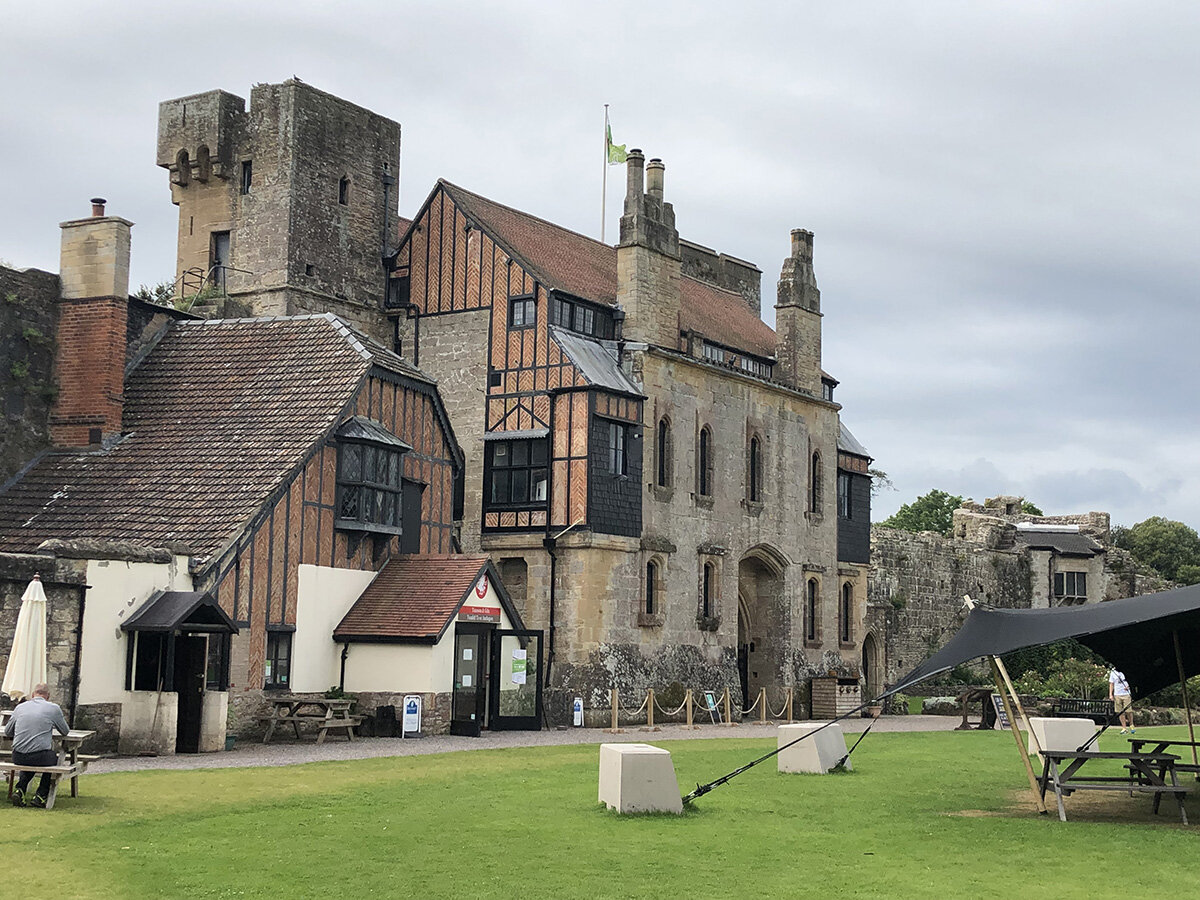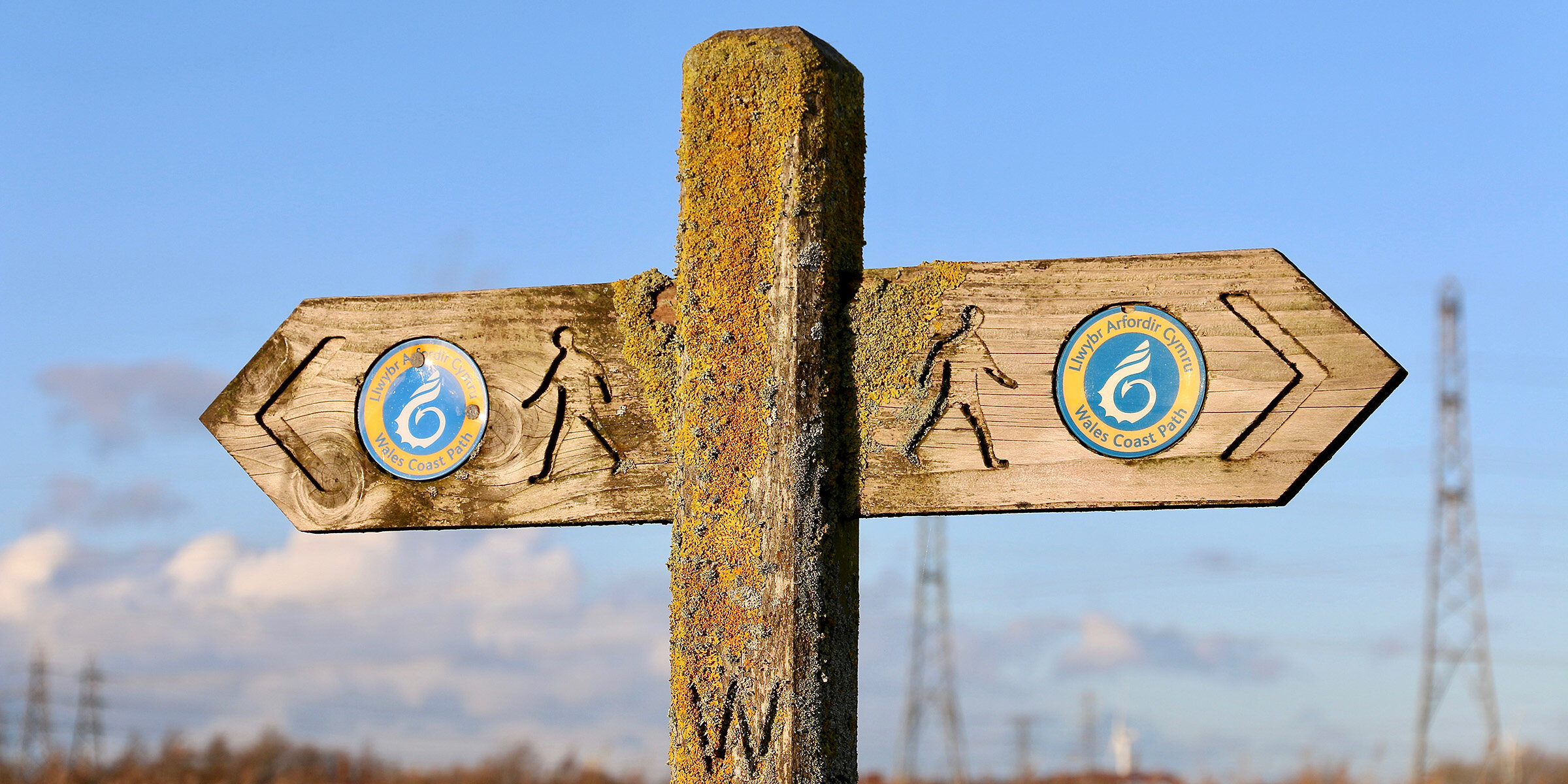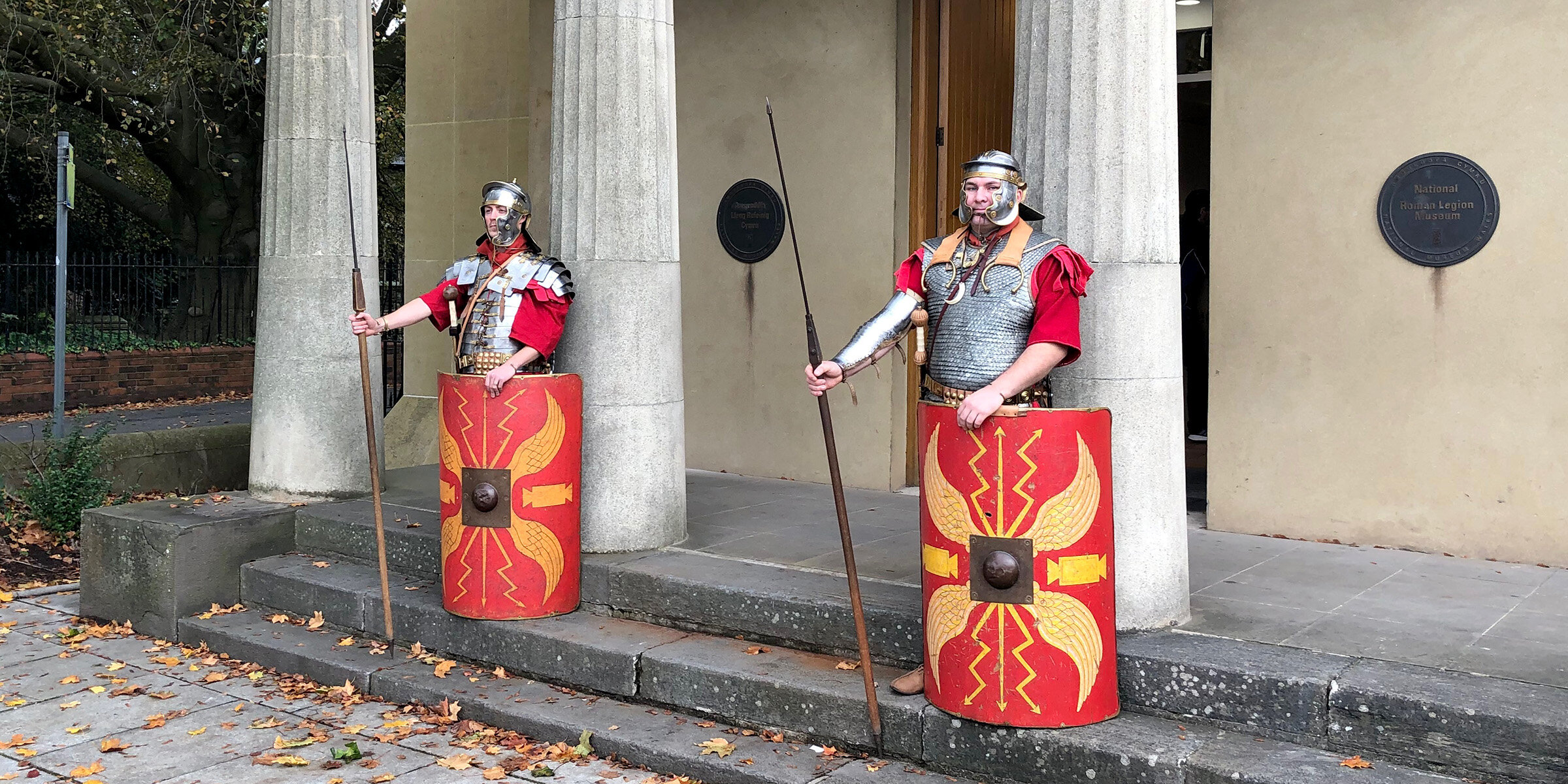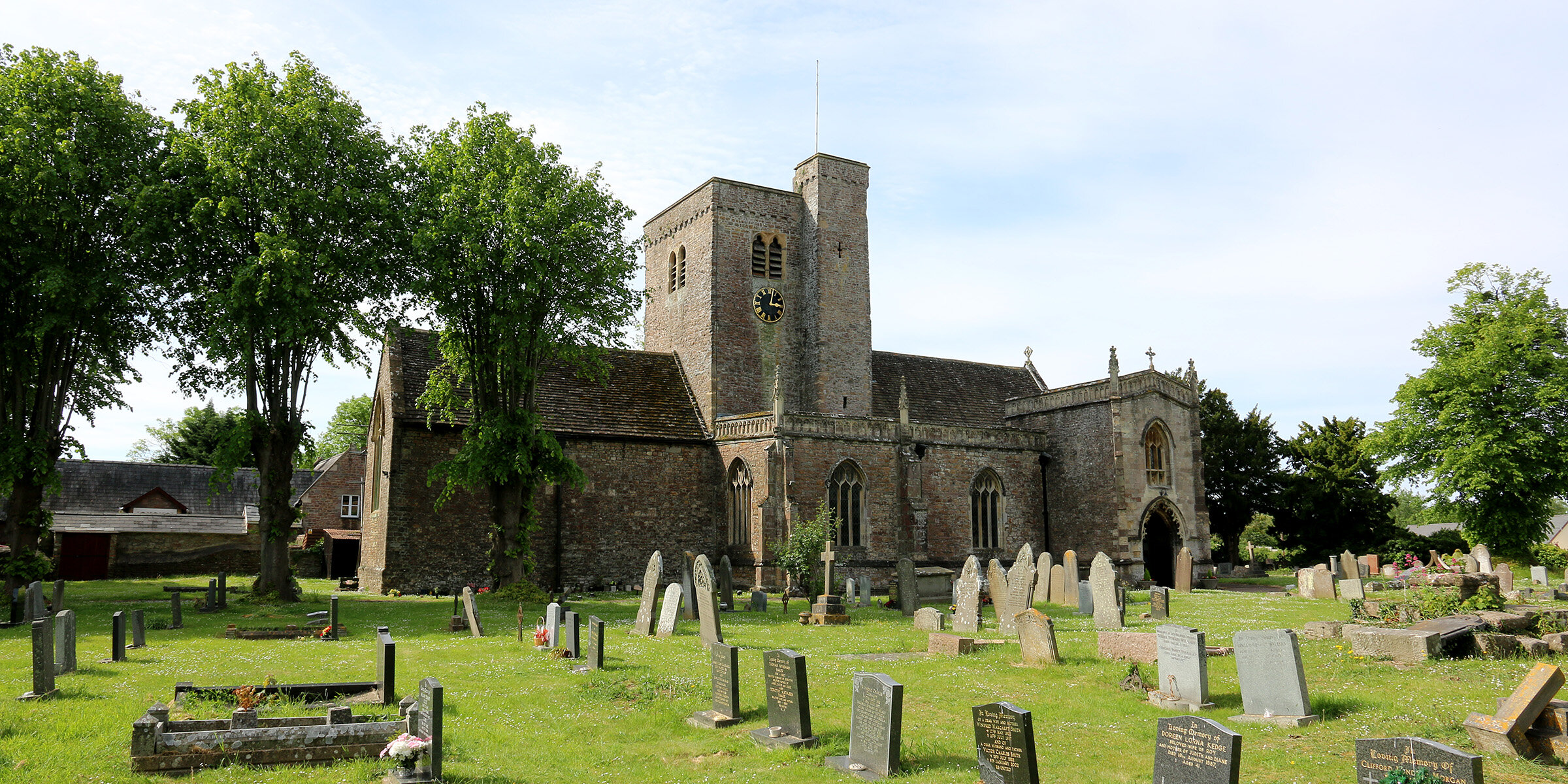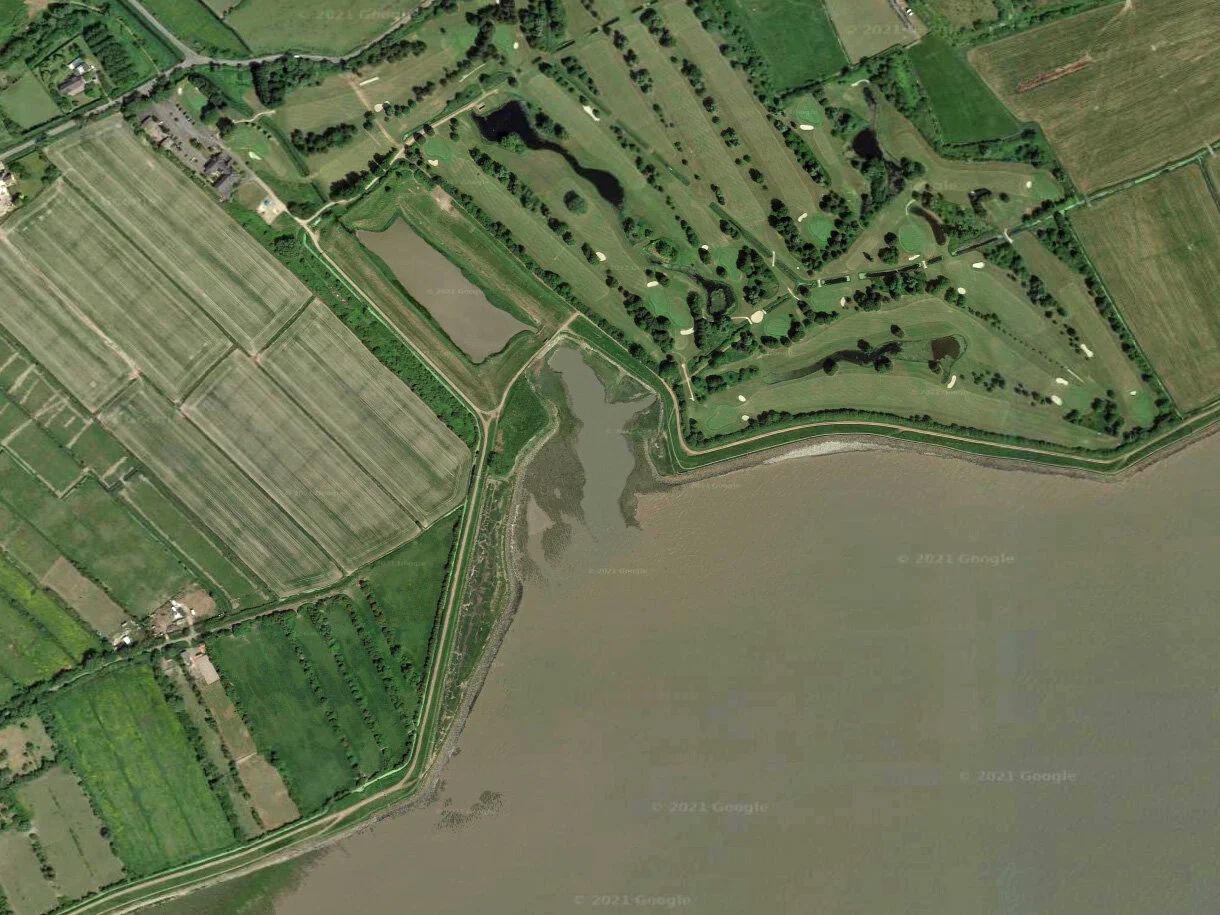The magnificent Caldicot Castle has stood guard over the Levels for over 800 years.
The remains visible today date from the 13th and 14th centuries, although the earliest earth and timber motte-and-bailey castle was built soon after the Normans invaded South Wales in the 11th century to control the River Nedern, which was once navigable several miles inland.
In 1221, Humphrey de Bohun, Earl of Hereford, started construction of the stone castle. It remained in the de Bohun family for the next 150 years, eventually passing through marriage to Thomas Woodstock, Duke of Gloucester and youngest son of Edward III. He constructed the enormous gatehouse and the Woodstock Tower. Thomas came to a sad end after he fell out with King Richard II. He was arrested for treason and imprisoned in Calais where he was murdered while awaiting trial.
Following the English Civil War, in the 1640s, the castle was slighted and fell into a state of dereliction.
The castle was rescued from ruin in 1885 by wealthy solicitor and antiquarian, Mr Joseph Cobb, who rebuilt parts of the castle as his family home. In the years following the Second World War, when low-cost housing was in short supply, the castle’s towers were converted into flats and rented to local families. In 1963 the castle was purchased by the District Council for £12,000 and is now open to the public.
More Information
Click here for more information about Caldicot Castle.
Explore the castle and the surrounding country park, or follow a circular walk to Sudbrook, Black Rock and Portskewett.
The Wales Coast Path is a long distance footpath that begins (or ends) in Chepstow and follows the coast of Wales for 870 miles (1400km) to Queensferry in Flintshire.
Step back in time at the National Roman Legion Museum and explore life in a far-flung outpost of the mighty Roman Empire.
Parc Tredelerch (Tredelerch Park) is an area of parkland next to the Rhymney River on the east side of Cardiff.
Churches have been at the heart of life on the Levels for much of the last thousand years.
In 2002, during construction of the Newport Riverfront Arts Centre on the west bank of the River Usk, the remains of a 15th century ship were discovered.
Explore the fascinating prehistory of the Gwent Levels at a stunning new exhibition at Newport Museum and Art Gallery.
Sitting on the edge of the Gwent Levels, between the wide expanse of the Severn Estuary and the mouth of the River Usk, lies the Newport Wetlands National Nature Reserve.
Half a mile east of the former church of St Peter in Peterstone Wentlooge, Peterstone Gout, or Great Gout, is an important and interesting landmark on the Wentlooge Level.
Over its long history, the parish church of Redwick has been dedicated to several different saints; before 1875 it was St. Mary the Virgin and before that St. Michael the Archangel.
The history of St Mary’s church, Nash, known locally as “the Cathedral of the Moors”, is closely linked to the nearby medieval Benedictine Priory at Goldcliff.
Church Rd, Caldicot NP26 4HU
OS Grid Ref: ST 487 885
Website
Opening times
Castle: Tuesday - Sunday (11am-4pm).Country Park: 8:30am – 8:30pm every day.
Admission FREE



